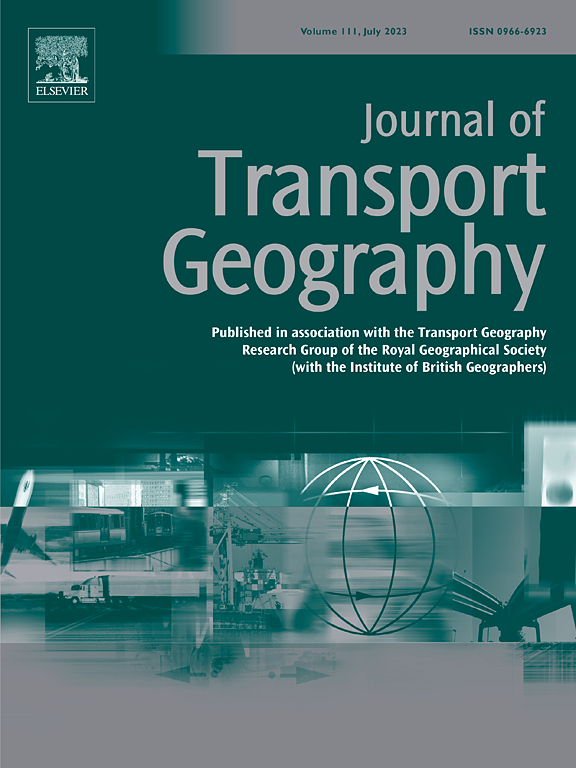E-taxi drivers' charging behavior: Effects of the built environment, temporal factors, and ridership
IF 5.7
2区 工程技术
Q1 ECONOMICS
引用次数: 0
Abstract
Transport electrification is a critical step toward energy conservation and emission reduction. However, the central challenge for electrifying transportation remains insufficient and unsuitable configurations of public charging infrastructure. Understanding the charging behavior of electric taxi (e-taxi) drivers from an urban planning perspective is important for planning public charging infrastructure. In light of this, our study extracts e-taxi drivers' charging behavior from the large-scale GPS trajectory data of a fully electrified taxi fleet, considers two major concerns of e-taxi drivers (charging and ridership), and examines the specific nonlinear, threshold, and interaction effects of the built environment, temporal factors, and taxi ridership on e-taxi drivers' usage of charging stations. The results indicate that the built environment represents the largest contributing factor, followed by temporal factors and taxi ridership. Meanwhile, the three variables of interest demonstrate significant nonlinear, threshold, and interactive effects on charging behavior. Research findings from this study can provide insights for future research and offer quantitative support for administrators and planners wanting to deploy appropriate and precise planning strategies that incorporate the charging preferences of e-taxi drivers to improve the effectiveness of spatial planning for public charging stations.
求助全文
约1分钟内获得全文
求助全文
来源期刊

Journal of Transport Geography
Multiple-
CiteScore
11.50
自引率
11.50%
发文量
197
期刊介绍:
A major resurgence has occurred in transport geography in the wake of political and policy changes, huge transport infrastructure projects and responses to urban traffic congestion. The Journal of Transport Geography provides a central focus for developments in this rapidly expanding sub-discipline.
 求助内容:
求助内容: 应助结果提醒方式:
应助结果提醒方式:


